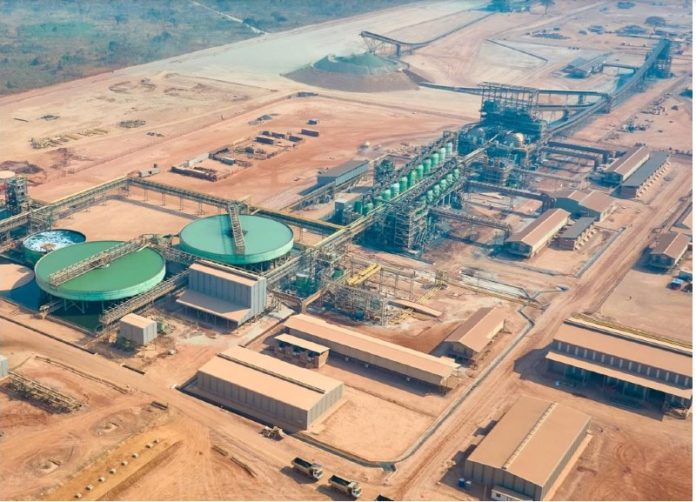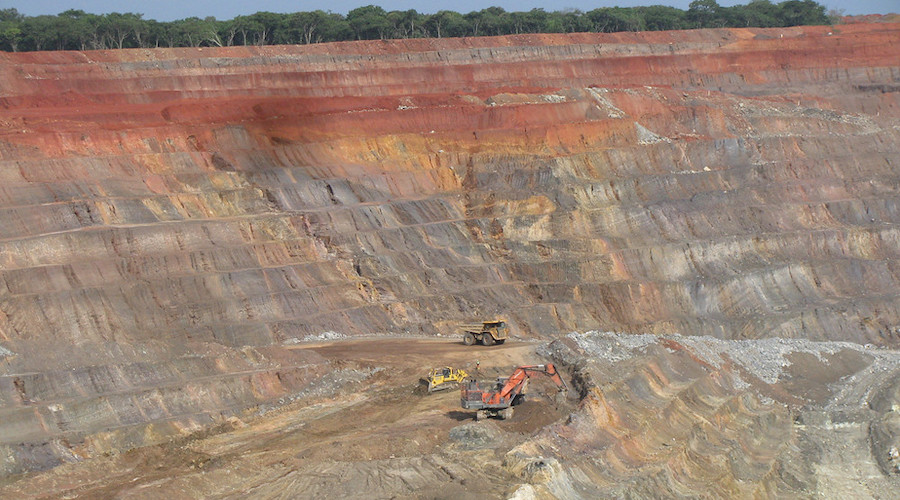Base Metals

Galileo’s KCB geophysical survey highlights potential drill targets

The company is searching for sediment-hosted copper/silver deposits in a region with several new operating mines and recent discoveries.
Galileo says the chargeability or resistivity anomaly on PL039, Line 1 in particular emerges as a compelling drill target.
This is based on the location on the crest of the ‘Galileo’ Fold, analogous to the adjacent Mowana Fold which has been shown to be copper mineralised in drilling carried out by Khoemacau and Arc Minerals.
Moreover, the strong IP chargeability or resistivity anomaly is apparently coincident with and down-dip of the target D’Kar-Ngwako Pan contact with possible structural controls.
Also, there is coincident Terraleach copper soil anomaly lying directly over the up-dip part of the chargeability anomaly.
Further, there is previous Galileo drilling in the area where re-logging has provisionally identified traces of copper mineralisation in several of the holes at the target horizon level.
The company now plans to undertake portable X-ray fluorescence (pXRF) geochemical analysis of the previous drill core on both prospecting licences to confirm the presence of copper mineralisation and its quantity, where present.
A follow-up drill programme will be prepared which will test both the PL039/2018 Line 1 target and other geophysical targets supported by the planned pXRF analytical work on earlier drill core with reported copper traces.
“The previous work undertaken by the company on these two licences identified anomalies based on soil geochemical surveys located close to the southeastern basin margin of KCB.
“We know from previous work including our own scout drilling that these targets within the two licences were prospective and the recently completed follow-up ground geophysical surveys have delivered well-defined targets that clearly justify a commitment to a drill programme,” chairperson and CEO Colin Bird says.
“We note in a previous announcement that our external geological consultant believed that the orientation and wide separation of the scout drilling results offers scope for the development of economic mineralisation to sit between the historic drillholes.
“Thus, the latest results provide powerful motivation to pursue the newly confirmed geophysical targets with vigour. We look forward to providing shareholders with further updates once the drill programme has been approved by the Galileo board,” he adds.
Previous scout drilling by Galileo revealed the correct prospective lithological sequence most typically associated with mineralisation in the region, leading the external consultant to advise that the orientation and wide separation of these scout drill holes would readily allow for the development of an economic style deposit to sit between them.
Galileo followed up with ionic leach soil sampling resulting in the discovery of the current anomalous targets.












